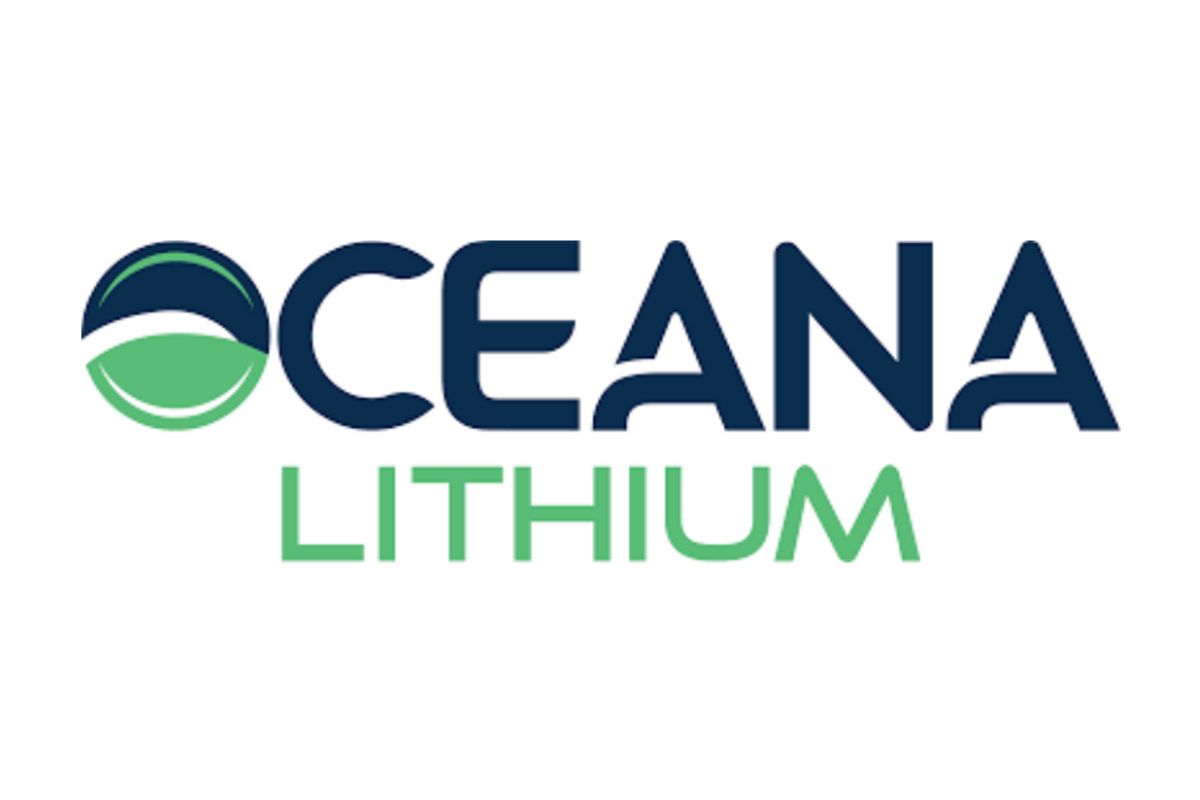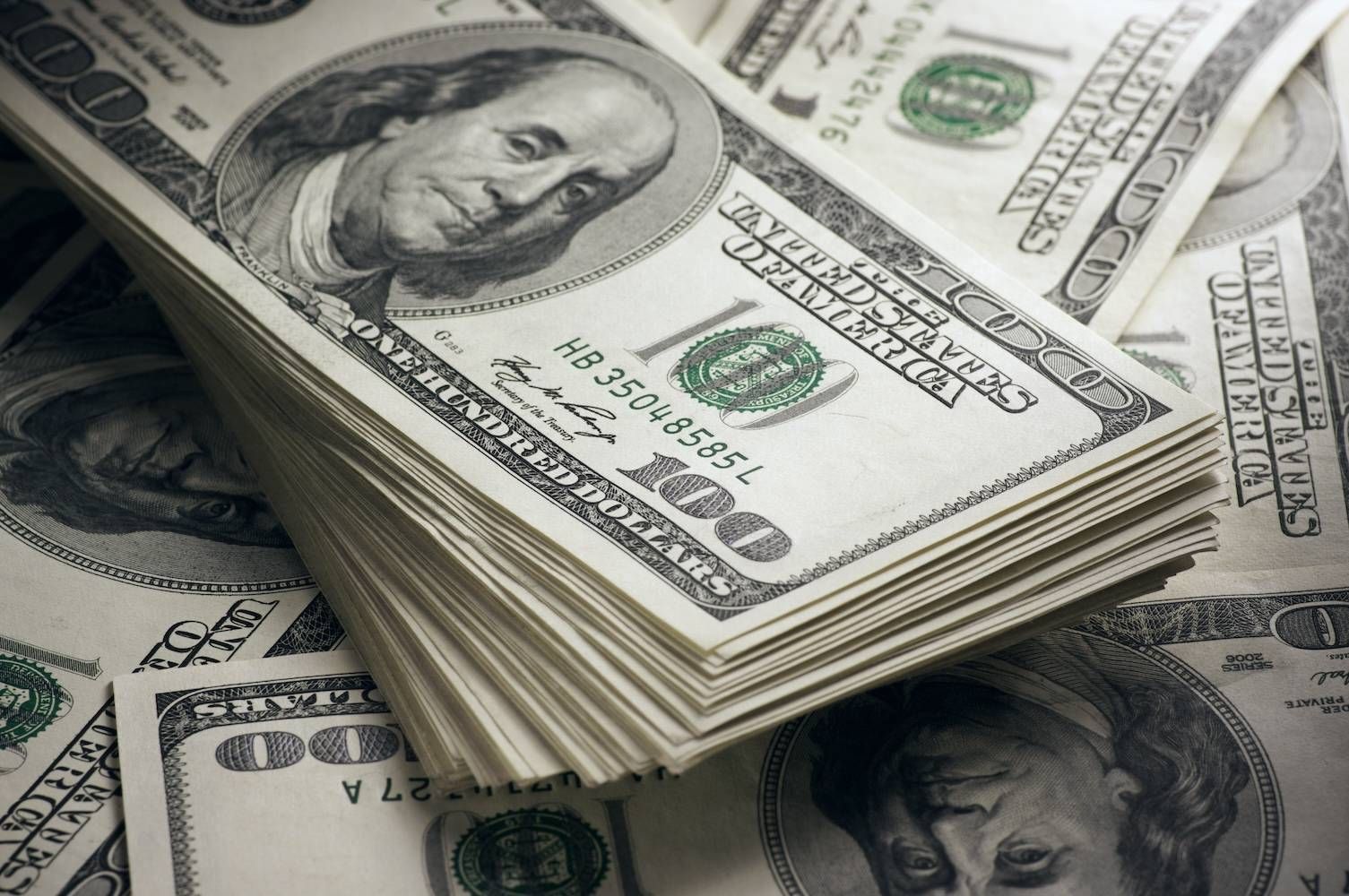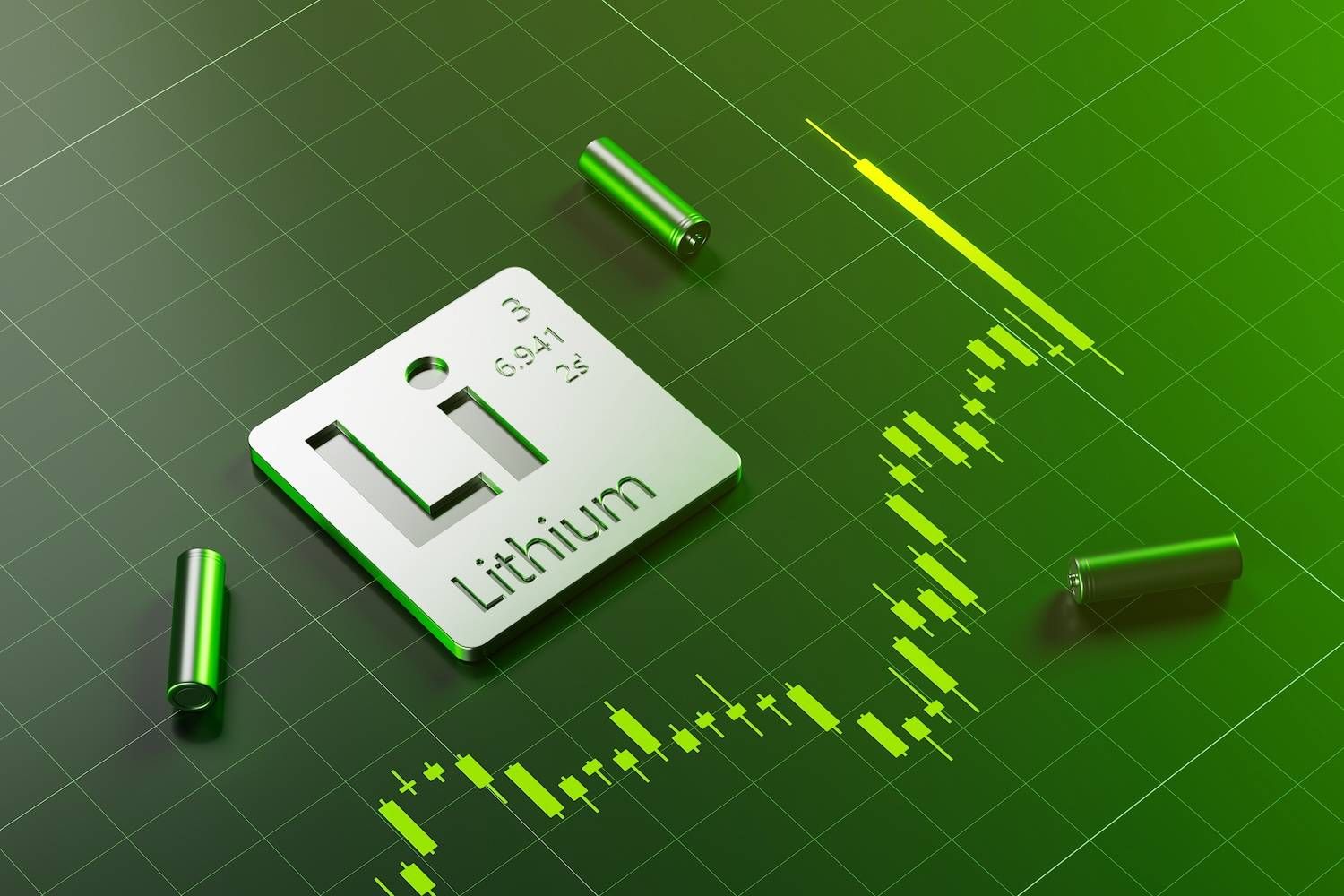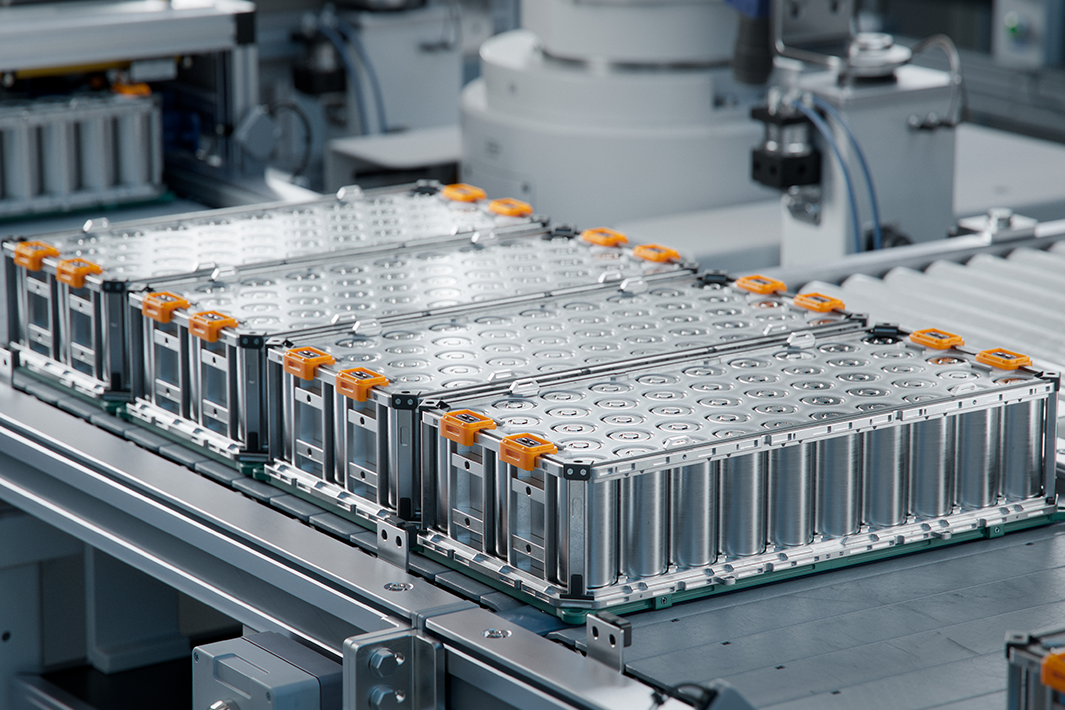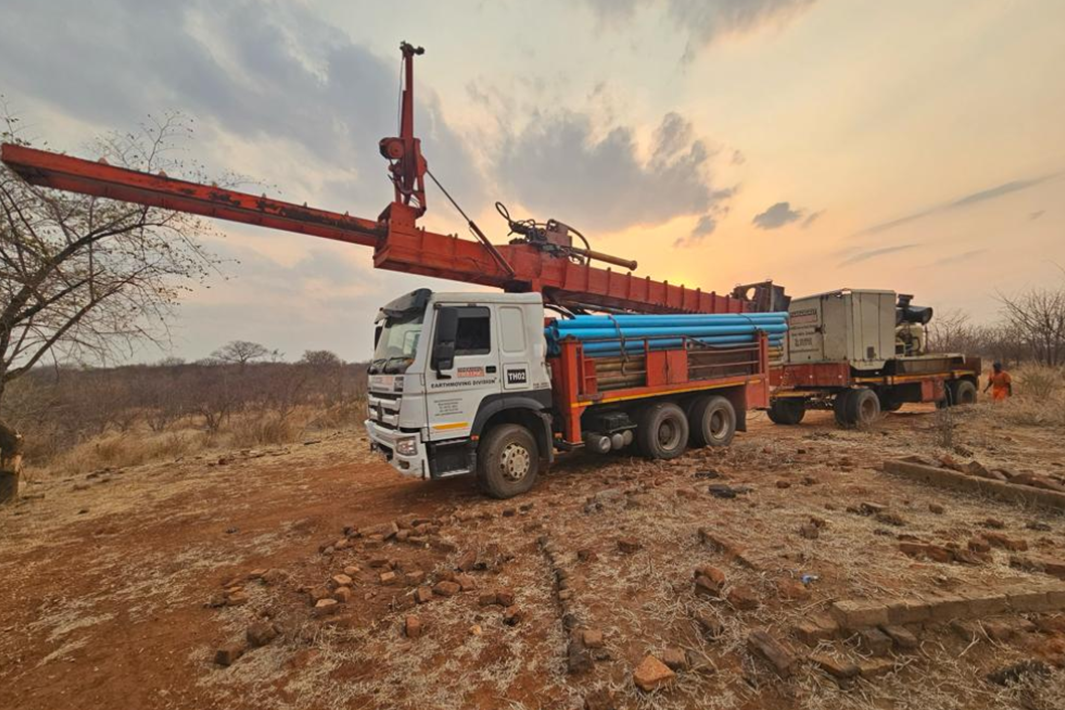
November 02, 2023
Oceana Lithium Limited (ASX: OCN, “Oceana” or “Company”) is pleased to report the preliminary results of the phase one scout RC drilling campaign at its Solonópole Lithium Project in Ceará State, Brazil (Figure 1), which was successful in intercepting multiple thick pegmatites and some anomalous Lithium grades at shallow depth.
Highlights
- Preliminary assay results received from 21 out of 30 shallow scout RC drill holes at Solonópole
- Anomalous lithium grades returned from four drill holes (NGR-RC-002, NGR-RC-009, SOL-RC-001 and SOL-RC-005)1
- Approximately 6,200 soil samples collected from Solonópole and analysed by XRF for lithium-caesium-tantalum (LCT) pathfinders
- Series of high-resolution drone geophysics (magnetometry) surveys flown over high-priority LCT pegmatite target areas (BJdB, Lapinha, Urubu, Rolados, Nira and Zilcar)
- Oceana is the first listed Lithium exploration company to complete RC drilling in this highly prospective Lithium region of Brazil
- RC results and other field data to be used to plan a robust diamond drilling campaign
Oceana’s Senior Exploration Geologist James Abson said: “Although early days, I am encouraged by the preliminary results of the scout drilling program, as the anomalous Lithium grades intercepted suggests that the Lithium mineralization observed at surface continues at depth. The follow-up Diamond Drilling campaign being planned by Oceana will not only assist to confirm the exact extension of this Lithium mineralization at the BJdB targets but also test other new pegmatites intercepted at other locations within the various Li-anomalous soil grids. The following Diamond Drilling campaign at Solonópole will now be supported by robust geological and geophysical data sets generated by Oceana.”
The Solonópole Project area is located in the state of Ceará, north-eastern Brazil and consists of ten (10) exploration permits covering approximately 124km2 (Figure 1), owned by Oceana’s subsidiary Ceará Litio. The project is approximately three to four hours by road from the state capital Fortaleza and the deep-water Port of Pecém and is well serviced by sealed highways and high voltage electricity.
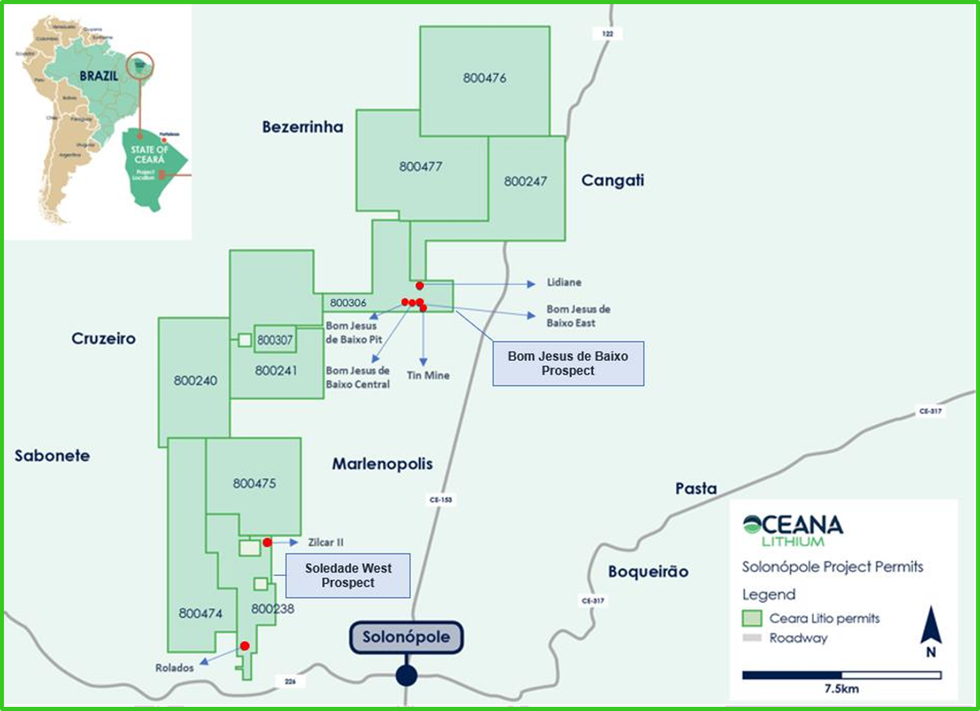
As reported by Oceana on 7 August 2023, a ~2,000 metre RC scout drilling program comprising 30 mostly shallow holes up to 60m in depth was completed in July 2023. The first phase of scout drilling was planned on a 20m x 20m grid to assist in determining the actual pegmatite dimensions and dip at each location, as well as preliminary results for Lithium grade and mineralogy. Oceana is still at an early stage of exploration, testing new hypotheses and exploration methods to increase the geological knowledge of the region for Lithium.
These shallow holes returned individual pegmatite intercepts of up to 37m wide and combined intercepts of up to 46m1. Best combined pegmatite intercepts included:
- 46m from surface to end of hole (EoH), including 37m continuous from surface1 (NGR-RC-15, Tin Mine target)
- 21m from surface to EoH, including 18m continuous from 21m to 39m1 (SOL-RC-06, Zilcar II target)
- 19m from surface to EoH, including 18m continuous from 39m to 57m1 (SOL-RC-08, Zilcar II target)
The first 22 RC holes (NGR-RC-001 to NGR-RC-022) confirmed the presence of thick pegmatites in five different outcropping areas (BJdB Pit, BJdB Central, BJdB East, “Tin Mine” and “Lidiane”) on Permit 800306 (see Figure 2).
Click here for the full ASX Release
This article includes content from Oceana Lithium, licensed for the purpose of publishing on Investing News Australia. This article does not constitute financial product advice. It is your responsibility to perform proper due diligence before acting upon any information provided here. Please refer to our full disclaimer here.
OCN:AU
The Conversation (0)
12 March 2024
Oceana Lithium
Large-scale, highly prospective, pre-discovery projects in Brazil and Australia
Large-scale, highly prospective, pre-discovery projects in Brazil and Australia Keep Reading...
12h
Altius Minerals to Expand Portfolio with C$520 Million Lithium Royalty Deal
Altius Minerals (TSX:ALS,OTCQX:ATUSF) is making a bet on a lithium market recovery, agreeing to acquire Lithium Royalty (TSX:LIRC) in a C$520 million deal that will expand its exposure to battery metals.Under a definitive agreement announced by the two companies on Monday (December 22), Altius... Keep Reading...
23 December
Liontown's First Tjiwarl Member Completes Apprenticeship at Kathleen Valley
Liontown (ASX:LTR,OTC Pink:LINRF) has reached a milestone at its Kathleen Valley operations, with Vaughan Harris becoming the first Tjiwarl community member to complete an apprenticeship with the company.“Being the first Tjiwarl apprentice to complete an apprenticeship here at Liontown feels... Keep Reading...
22 December
Lithium Market 2025 Year-End Review
The global lithium market endured a bruising 2025, with persistent oversupply and softer-than-expected electric vehicle (EV) demand driving prices for the battery metal to multi-year lows.Lithium carbonate prices in North Asia slipped below US$9,550 per metric ton in February — their weakest... Keep Reading...
11 December
Mining the Gap: 5 Forces Shaping North America’s Lithium Supply Chain
A convergence of industry investments, government initiatives and a shifting global trade dynamic is creating an environment ripe for the development of a North American battery supply chain, with lithium playing a leading role. These trends are reshaping the region’s industrial base and opening... Keep Reading...
10 December
Rock Bottom: Strategic Window for Ground-level Lithium Investment
When lithium prices hit bottom, savvy investors know that’s exactly where the next big discovery begins — literally. Beneath the surface of global markets and remote exploration grounds, new opportunities are forming in the wake of a sharp price reset and renewed geopolitical urgency.Recent... Keep Reading...
10 December
Liontown Resources Pens Lithium Offtake Agreement with China's Canmax
Liontown Resources (ASX:LTR,OTC Pink:LINRF) has executed a binding offtake agreement with Chinese conglomerate Canmax Technologies (SZSE:300390) as part of its strategy to diversify its customer base.“Listed on the Shenzhen Stock Exchange, Canmax is one of the world’s leading manufacturers of... Keep Reading...
Latest News
Interactive Chart
Latest Press Releases
Related News
TOP STOCKS
American Battery4.030.24
Aion Therapeutic0.10-0.01
Cybin Corp2.140.00
